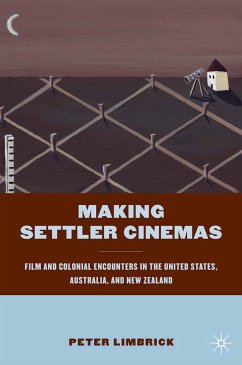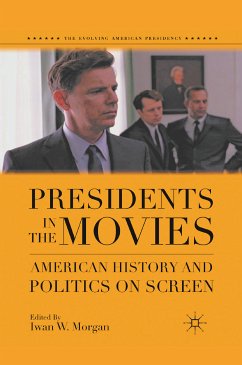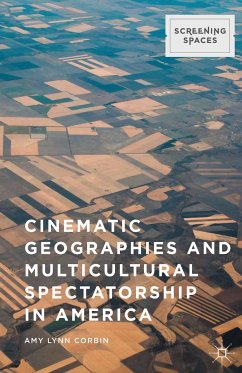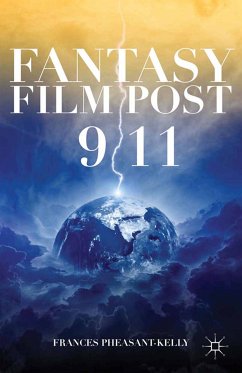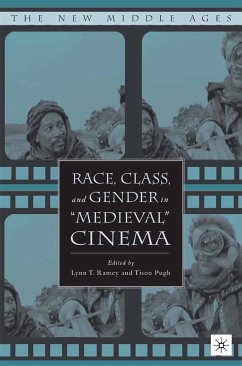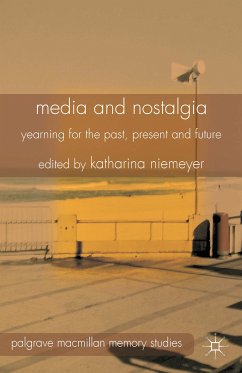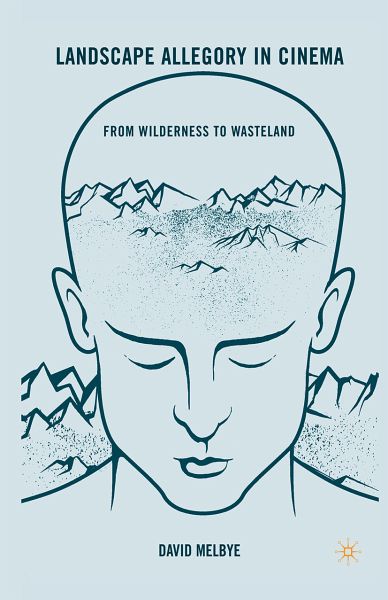
Landscape Allegory in Cinema (eBook, PDF)
From Wilderness to Wasteland
Versandkostenfrei!
Sofort per Download lieferbar
40,95 €
inkl. MwSt.
Weitere Ausgaben:

PAYBACK Punkte
20 °P sammeln!
This study seeks to understand the form of cinematic space referred to as 'the landscape of the mind,' in which natural, outdoor settings serve as outward manifestations of characters' inner subjective states.
Dieser Download kann aus rechtlichen Gründen nur mit Rechnungsadresse in A, B, BG, CY, CZ, D, DK, EW, E, FIN, F, GR, HR, H, IRL, I, LT, L, LR, M, NL, PL, P, R, S, SLO, SK ausgeliefert werden.



